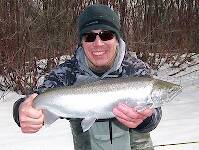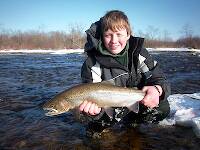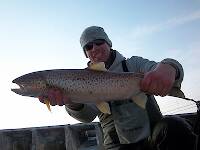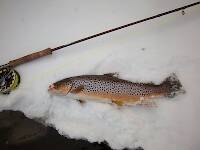
Hex Mayflies
Hexagenia limbata
The famous nocturnal Hex hatch of the Midwest (and a few other lucky locations) stirs to the surface mythically large brown trout that only touch streamers for the rest of the year.
Featured on the forum
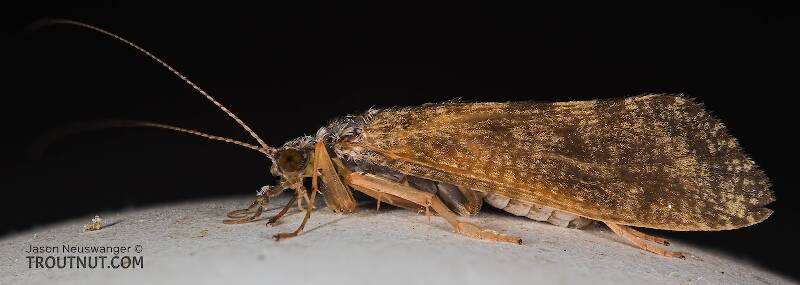

Troutnut is a project started in 2003 by salmonid ecologist Jason "Troutnut" Neuswanger to help anglers and
fly tyers unabashedly embrace the entomological side of the sport. Learn more about Troutnut or
support the project for an enhanced experience here.
Updates from August 9, 2011
Updates from August 9, 2011
Closeup insects by Bnewell from the Touchet River in Washington
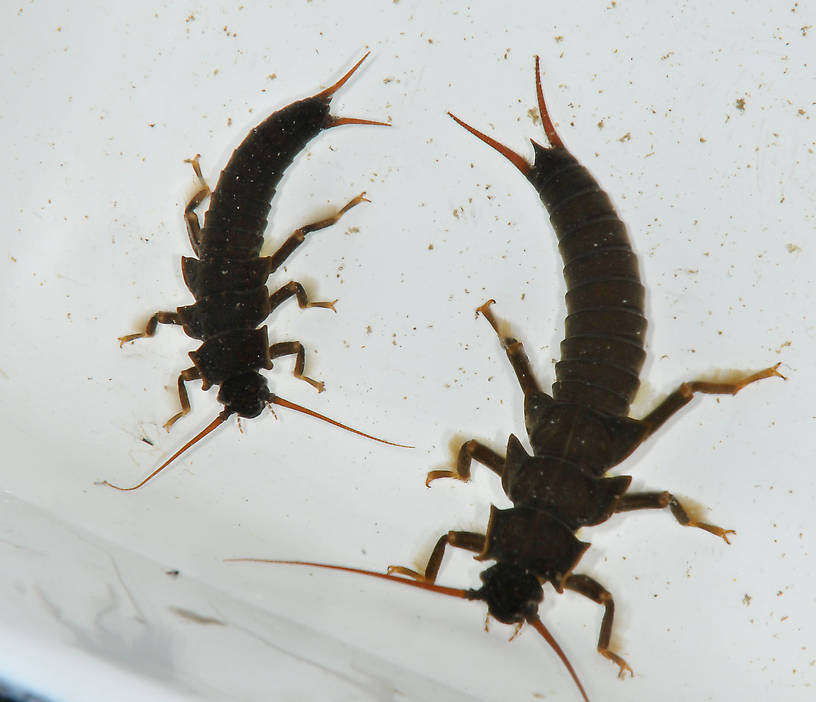
Here are two size classes of Pteronarcys nymphs. These probably represent two different generations. The largest will probably emerge next spring and the other in two years. There is probably another generation, smaller, I did not collect. In a Canadian study they discovered Pteronarcys eggs do not all hatch simultaneously but hatch for a period of nearly two years, making their egg/nymphal life 5 years. The other photo is of a curled nymph, a typical response to disturbance.
Quick Reply
Related Discussions
Topic
Replies
Last Reply
3
Mar 30, 2012
by Entoman
by Entoman
5
May 10, 2011
by Flatstick96
by Flatstick96
3
Feb 12, 2009
by Creno
by Creno
15
Jul 26, 2016
by TimCat
by TimCat
Re: Lots of new pictures to check out, coming online tonight/tomorrow
In General Discussion by Troutnut
In General Discussion by Troutnut
1
Oct 4, 2006
by Dinerobyn
by Dinerobyn


